Immunosuppressants or immune suppressants are usually used in conjunction with corticosteroids to block inflammatory reactions and decrease initial damage to cells in cases of organ transplantation and autoimmune diseases. Immunosuppressants include immunomodulators, T- and B-cell suppressors, interleukin receptor antagonists, and monoclonal antibodies (antibodies produced by a single clone of B-cells that react with specific antigens).
Immunosuppresants: Generic and Brand Names
Here is a table of commonly encountered immunosuppressants, their generic names, and brand names:
- Immune Modulators
- fingolimod (Gilenya)
- lenalidomide (Revlimid)
- thalidomide (Thalomid)
- T- and B-Cell Suppressors
- abatacept (Orencia)
- azathioprine (Imuran)
- cyclosporine (Sandimmune)
- tacrolimus (Prograf)
- Interleukin Receptor Antagonist
- anakinra (Kineret)
- Monoclonal Antibodies
- infliximab (Remicade)
- muromonab-CD3 (Orthoclone OKT3)
Immunomodulators
- Immune modulators block chemicals to suppress the immune system.
Therapeutic Action
The desired and beneficial action of immune modulators is:
- Blocking the release of various cytokines involved in the inflammatory response and activation of lymphocytes, decreasing immune activity.
Indications
Immune modulators are indicated for the following medical conditions:
- Lenalidomide and thalidomide inhibit proinflammatory cytokine secretions and increase anti-inflammatory cytokines from monocytes. Thalidomide is used in the treatment of multiple myeloma and erythema nodosum leprosum.
- Fingolimod inhibits the release of lymphocytes from lymph nodes into the peripheral blood so they cannot migrate to activate immune and inflammatory reactions. It is the first oral agent for the treatment of relapsing forms of multiple sclerosis.
Pharmacokinetics
Here are the characteristic interactions of immune modulators and the body in terms of absorption, distribution, metabolism, and excretion:
| Route | Onset | Peak | Duration |
|---|---|---|---|
| PO | Slow | 12-16 h | – |
Contraindications and Cautions
The following are contraindications and cautions for the use of immunomodulators:
- Pregnancy. Can cause serious fetal harm.
T-and B-Cell Suppressors
- These drugs inhibit the actions of the cell-mediated immunity.
Therapeutic Action
The desired and beneficial action of T- and B-cell suppressors is:
- Not clearly understood. However, it has been shown that they block antibody production by B cells, inhibit suppressor and helper T cells, and modify the release of interleukins and of T-cell growth factor.
Indications
T- and B-cell suppressors are indicated for:
- Prevention and treatment of specific transplant rejection.
Pharmacokinetics
Here are the characteristic interactions of T- and B-cell suppressors and the body in terms of absorption, distribution, metabolism, and excretion:
| Route | Onset | Peak | Duration |
|---|---|---|---|
| PO | Varies | 3.5 h | – |
| IV | Rapid | 1-2 h | – |
Contraindications and Cautions
The following are contraindications and cautions for the use of T- and B-cell suppressors:
- Known allergy to drug and its components. Prevent hypersensitivity reactions.
- Pregnancy and lactation. Potential serious adverse effects on the fetus or neonate.
- Renal or hepatic impairment. Interfere with metabolism or excretion of the drug.
- Known neoplasms. Potentially could spread with immune system suppression.
Adverse Effects
Use of T- and B-cell suppressors may result to these adverse effects:
- Increased risk for infection and development of neoplasms.
- CNS: headache, tremors
- CV: hypertension
- Respiratory: pulmonary edema
- GI: hepatotoxicity, GI upset, diarrhea
- GU: renal toxicity, renal dysfunction
Interactions
These drugs have drug-drug interactions with:
- Other hepatotoxic and nephrotoxic drugs. Combined toxicity.
Interleukin Receptor Antagonist
- Interleukin receptor antagonists block the activity of the interleukins that are released in an inflammatory or immune response.
- The only available interleukin receptor antagonist is anakinra (Kineret).
Therapeutic Action
The desired and beneficial action of interleukin receptor antagonist is:
- Antagonizing human interleukin-1 receptors, blocking the activity of interleukin-1. Interleukin-1 levels are elevated in response to inflammatory or immune reactions and are thought responsible for the degradation of cartilage that occurs in rheumatoid arthritis.
Indications
Interleukin receptor antagonist is indicated for:
- Reduction of signs and symptoms of moderately to severely active rheumatoid arthritis in patients 18 years of age and older who have not responded to traditional treatment.
Pharmacokinetics
Here are the characteristic interactions of interleukin receptor antagonist and the body in terms of absorption, distribution, metabolism, and excretion:
| Route | Onset | Peak | Duration |
|---|---|---|---|
| Subcutaneous | Slow | 3-7 h | – |
| Half-life (T1/2) | Metabolism | Excretion |
|---|---|---|
| 4-6 h | Tissues | Urine |
Contraindications and Cautions
The following are contraindications and cautions for the use of interleukin receptor antagonist:
- Known allergy to E-coli-produced products and to the drug itself. Prevent hypersensitivity reactions.
- Pregnancy and lactation. Drug may cross placenta and enter breast milk.
- Renal impairment, immunosuppression, active infection. Exacerbated by the effects of the drug.
Adverse Effects
Use of interleukin receptor antagonist may result to these adverse effects:
- EENT: sinusitis
- CNS: headache
- Respiratory: upper respiratory tract infections
- GI: nausea, diarrhea
- Skin: injection-site reactions
Interactions
These drugs have drug-drug interactions with:
- Etarnecept (Enbrel). Potential for severe and life-threatening infections.
- Potential for serious infections.
Monoclonal Antibodies
- Monoclonal antibodies attach to specific receptor sites to exhibit their immune suppressor actions.
Therapeutic Action
The desired and beneficial action of monoclonal antibodies is:
- Reacting as an antibody to human T cells, disabling T cells and acting as an immune suppressor.
Indications
Monoclonal antibodies are indicated for:
- Muromonab-CD3 is the first monoclonal antibody approved for use. It is indicated for treatment of acute allograft rejection in those receiving heart or liver transplants.
Pharmacokinetics
Here are the characteristic interactions of monoclonal antibodies and the body in terms of absorption, distribution, metabolism, and excretion:
| Route | Onset | Peak | Duration |
|---|---|---|---|
| IV | Minutes | 2-7 d | 7 d |
| Half-life (T1/2) | Metabolism | Excretion |
|---|---|---|
| 47-100 h | Tissues | Urine |
Contraindications and Cautions
The following are contraindications and cautions for the use of monoclonal antibodies:
- Known allergy to drugs and to murine products. Prevent hypersensitivity reactions.
- Fluid overload. Can be exacerbated by drugs.
- Pregnancy and lactation. Potential adverse effects to fetus or neonate.
- Previous administration of monoclonal antibody. Serious hypersensitivity reactions can occur with repeat administration.
Adverse Effects
Use of monoclonal antibodies may result to these adverse effects:
- Respiratory: acute pulmonary edema associated with severe fluid retention and cytokine release syndrome (flu-like symptoms that can progress to third-spacing of fluids and shock).
- GI: nausea, diarrhea, vomiting
- Musculoskeletal: myalgia
- Others: fever, chills, malaise, increased susceptibility to infection and cancer
- Eculizumab can lead to intravascular hemolysis with resultant fatigue, pain, dark urine, shortness of breath, and blood clots.
Interactions
These drugs have drug-drug interactions with:
- Other immunosuppressants. Severe immune suppression with increased infections and neoplasms
Nursing Considerations for Immunosuppressants
Here are important nursing considerations when administering suppressants:
Nursing Assessment
These are the important things the nurse should include in conducting assessment, history taking, and examination:
- Assess for contraindications or cautions (e.g., history of allergies, pregnancy or lactation, renal and hepatic impairment, history of neoplasms, etc.) to avoid adverse effects.
- Establish baseline physical assessment to monitor for any potential adverse effects.
- Assess for presence of skin lesions to detect early dermatological effects.
- Obtain weight to monitor for fluid retention.
- Monitor temperature to detect any infection.
- Evaluate CNS status to assess CNS effects of the drug.
- Monitor pulse, blood pressure, and perfusion to assess for bleeding effects or cardiovascular effects of the drug.
- Monitor laboratory tests for CBC and liver and renal functions tests to determine the need for possible dose adjustment and to identify changes in bone marrow function.
Nursing Diagnoses
Here are some of the nursing diagnoses that can be formulated in the use of these drugs for therapy:
- Acute pain related to CNS, GI and flu-like effects
- Imbalanced nutrition: less than body requirements related to nausea and vomiting
- Anxiety related to diagnosis and drug therapy
Nursing Interventions
These are vital nursing interventions done in patients who are taking immunosuppressants:
- Arrange for laboratory tests before and periodically during therapy, including CBC and differential, to monitor for drug effects and adverse effects.
- Administer drug as indicated; instruct patient and significant other if injections are required to ensure that the drug will be given if the patient is not able to administer it.
- Protect the patient from exposure to infections and maintain strict aseptic technique for any invasive procedures to prevent infections during immunosuppression.
- Arrange for supportive care and comfort measures (e.g., rest, environmental control) to decrease patient discomfort and increase therapeutic compliance.
- Provide patient education about drug effects and warning signs to increase knowledge about drug therapy and to increase compliance with drug.
Evaluation
Here are aspects of care that should be evaluated to determine effectiveness of drug therapy:
- Monitor patient response to therapy (improvement in condition being treated).
- Monitor for adverse effects (e.g., flu-like symptoms, GI upset, increased infections, neoplasms).
- Evaluate patient understanding on drug therapy by asking patient to name the drug, its indication, and adverse effects to watch for.
- Monitor patient compliance to drug therapy.
Recommended Resources
Our recommended nursing pharmacology resources and books:
Disclosure: Included below are affiliate links from Amazon at no additional cost from you. We may earn a small commission from your purchase which will help support us. Thank you! For more information, check out our privacy policy.
Pharm Phlash! Pharmacology Flash Cards #1 BEST SELLER!
Test-yourself review cards put critical clinical information for nearly 400 of the top generic medications at your fingertips. And, you can count on them for accuracy, because each card is based on content from Davis’s Drug Guide for Nurses. Increase your test scores in pharmacology class.
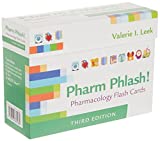
Focus on Pharmacology (8th Edition)
Focus on Nursing Pharmacology makes challenging concepts more approachable. Engaging learning features cultivate your clinical application, critical thinking and patient education capabilities. This updated 8th edition builds on your knowledge of physiology, chemistry and nursing fundamentals to help you conceptualize need-to-know information about each group of drugs.
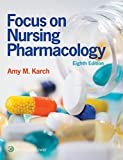
Pharmacology Made Incredibly Easy (Incredibly Easy! Series®)
Nursing pharmacology guide offers step-by-step guidance so you can grasp the fundamentals in enjoyable Incredibly Easy style. This is the perfect supplement to class materials, offering solid preparation for NCLEX® as well as a handy refresher for experienced nurses. Colorfully illustrated chapters offer clear, concise descriptions of crucial nursing pharmacology concepts and procedures.
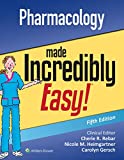
Lehne’s Pharmacology for Nursing Care (11th Edition)
The Eleventh Edition of Lehne’s Pharmacology for Nursing Care provides a thorough understanding of key drugs and their implications for nursing care. This text, written by renowned nursing educators, helps you comprehend and apply pharmacology principles. A clear and engaging writing style simplifies complex concepts, making even the most challenging pharmacology content enjoyable. We recommend this book if you want a comprehensive nursing pharmacology guide.
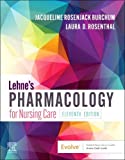
Nursing Drug Handbook
Nursing2023 Drug Handbook delivers evidence-based, nursing-focused drug monographs for nearly 3700 generic, brand-name, and combination drugs. With a tabbed, alphabetical organization and a “New Drugs” section, NDH2023 makes it easy to check drug facts on the spot.
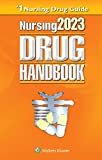
Pharmacology and the Nursing Process
The 10th edition of Pharmacology and the Nursing Process offers practical, user-friendly pharmacology information. The photo atlas contains over 100 unique illustrations and photographs depicting drug administration techniques. Updated drug content reflects the most recent FDA drug approvals, withdrawals, and therapeutic uses.
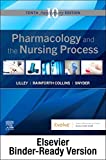
Mosby’s Pharmacology Memory NoteCards: Visual, Mnemonic, and Memory Aids for Nurses
The 6th edition of Mosby’s Pharmacology Memory NoteCards: Visual, Mnemonic, & Memory Aids for Nurses incorporates illustrations and humor to make studying easier and more enjoyable. This unique pharmacology review can be utilized as a spiral-bound notebook or as individual flashcards, making it ideal for mobile study.
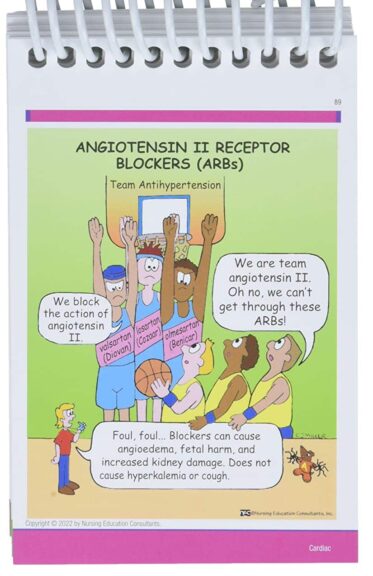
See Also
Here are other nursing pharmacology study guides:
- Nursing Pharmacology – Study Guide for Nurses
Our collection of topics related to nursing pharmacology - Pharmacology Nursing Mnemonics & Tips
These nursing mnemonics aim to simplify the concepts of pharmacology through the use of a simple, concise guide. - Generic Drug Name Stems Cheat Sheet
Learn about these generic drug name stems to help you make sense of drugs easier! - Common Drugs and Their Antidotes
A guide to drug antidotes that nurses should be familiar about. - IV Fluids and Solutions Guide & Cheat Sheet
Get to know the different types of intravenous solutions or IV fluids in this guide and cheat sheet. - Drug Dosage Calculations NCLEX Practice Questions (100+ Items)
Care to take the challenge? This quiz aims to help students and registered nurses alike grasp and master the concepts of medication calculation.
We have a pill for that…
Drug Guides NEW!
Individual drug guides and nursing considerations for the most common medications used in nursing pharmacology:
- Acetaminophen (Tylenol)
- Aspirin
- Atorvastatin (Lipitor)
- Enoxaparin (Lovenox)
- Furosemide (Lasix)
- Gabapentin
- Hydromorphone (Dilaudid)
- Lisinopril
- Metoprolol
- Morphine
Gastrointestinal System Drugs
Respiratory System Drugs
- Antihistamines
- Bronchodilators and Antiasthmatics
- Decongestants
- Expectorants and Mucolytics
- Inhaled Steroids
- Lung Surfactants
Endocrine System Drugs
- Adrenocortical Agents
- Antidiabetic Agents
- Glucose-Elevating Agents
- Hypothalamic Agents
- Insulin
- Parathyroid Agents: Bisphosphonates, Calcitonins
- Pituitary Drugs
- Sulfonylureas
- Thyroid Agents
Autonomic Nervous System Drugs
- Adrenergic Agonists (Sympathomimetics)
- Adrenergic Antagonists (Sympatholytics)
- Anticholinergics (Parasympatholytics)
- Cholinergic Agonists (Parasympathomimetics)
Immune System Drugs
Chemotherapeutic Agents
- Anthelmintics
- Anti-Infective Drugs
- Antibiotics
- Antifungals
- Antineoplastic Agents
- Antiprotozoal Drugs
- Antiviral Drugs
Reproductive System Drugs
Nervous System Drugs
- Antidepressants
- Antiparkinsonism Drugs
- Antiseizure Drugs
- Anxiolytics and Hypnotic Drugs
- General and Local Anesthetics
- Muscle Relaxants
- Narcotics, Narcotic Agonists, and Antimigraine Agents
- Neuromuscular Junction Blocking Agents
- Psychotherapeutic Drugs
Cardiovascular System Drugs
References and Sources
References and sources for this pharmacology guide for Immunosuppressants:
- Karch, A. M., & Karch. (2011). Focus on nursing pharmacology. Wolters Kluwer Health/Lippincott Williams & Wilkins. [Link]
- Katzung, B. G. (2017). Basic and clinical pharmacology. McGraw-Hill Education.
- Lehne, R. A., Moore, L. A., Crosby, L. J., & Hamilton, D. B. (2004). Pharmacology for nursing care.
- Smeltzer, S. C., & Bare, B. G. (1992). Brunner & Suddarth’s textbook of medical-surgical nursing. Philadelphia: JB Lippincott.
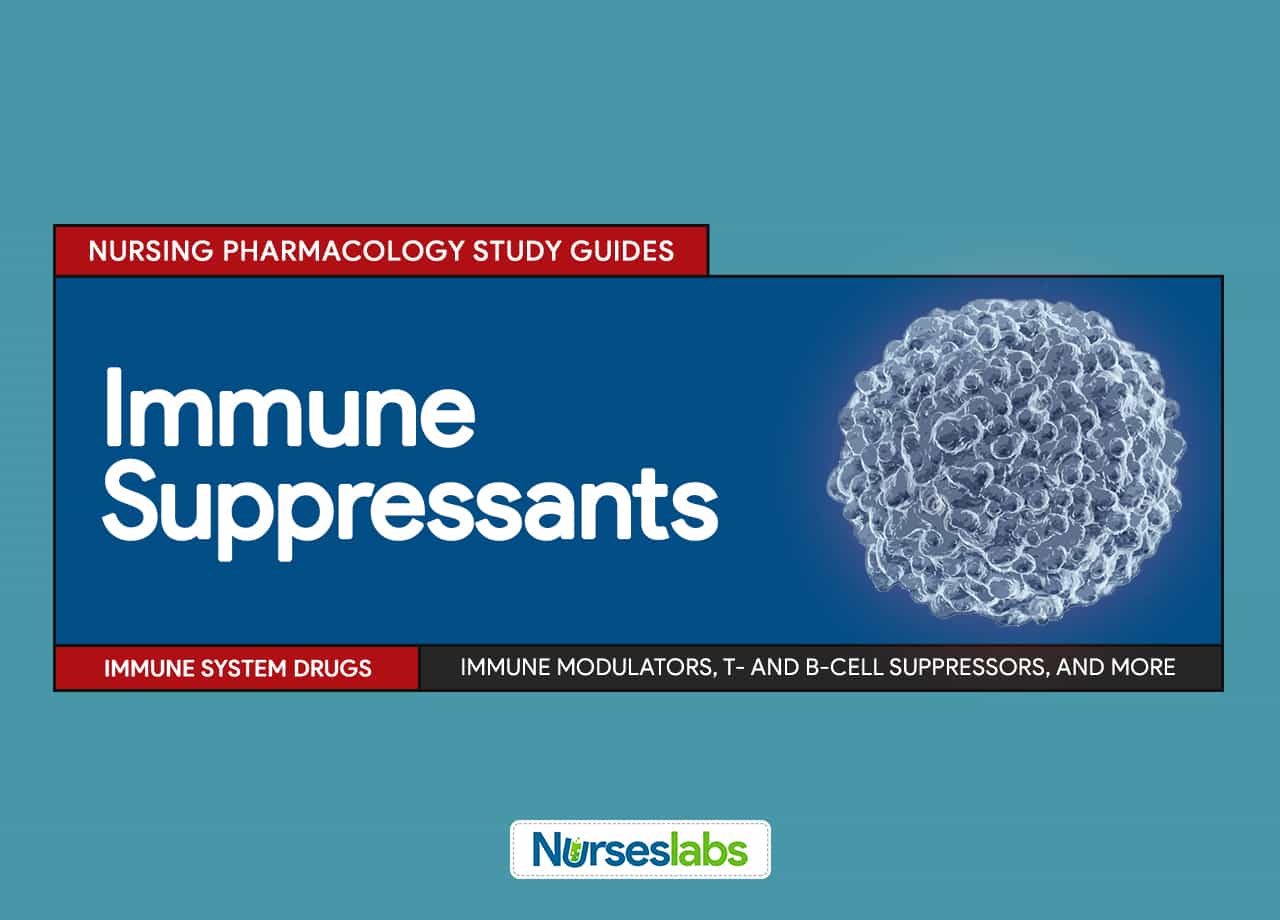
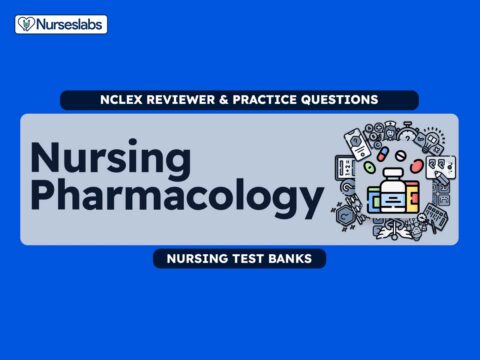
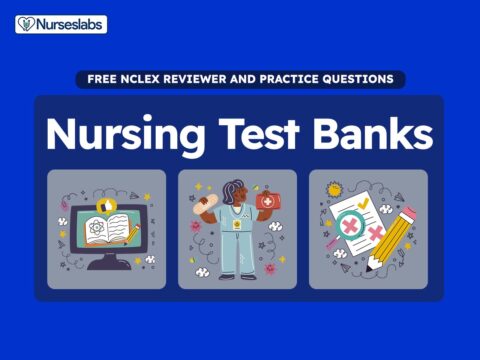




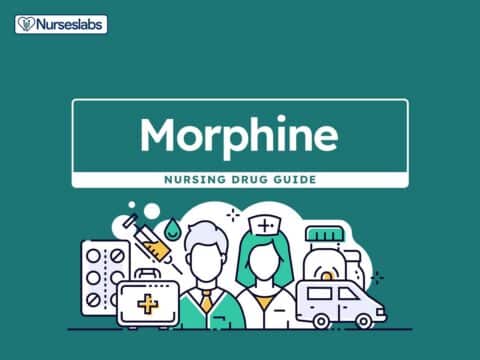
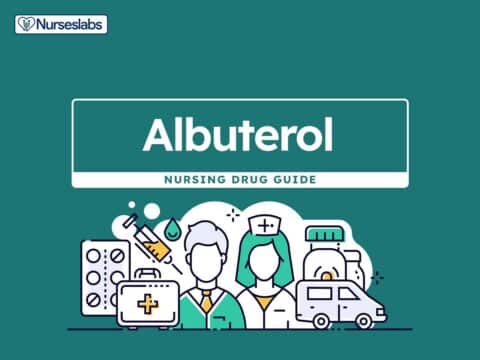
![Furosemide Nursing Considerations and Patient Teaching [Drug Guide]](https://nurseslabs.com/wp-content/uploads/2023/07/Furosemide-480x360.jpg)
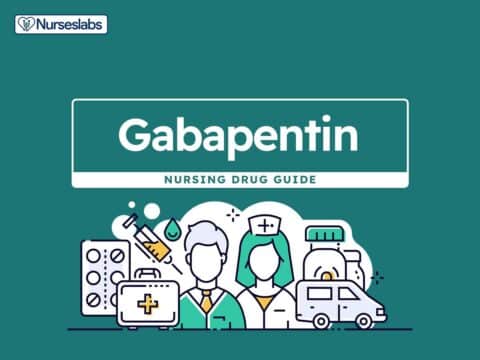
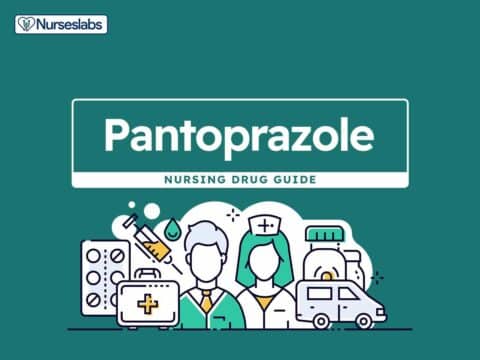
![Lisinopril Nursing Considerations and Patient Teaching [Drug Guide]](https://nurseslabs.com/wp-content/uploads/2023/03/Lisinopril-480x360.jpg)
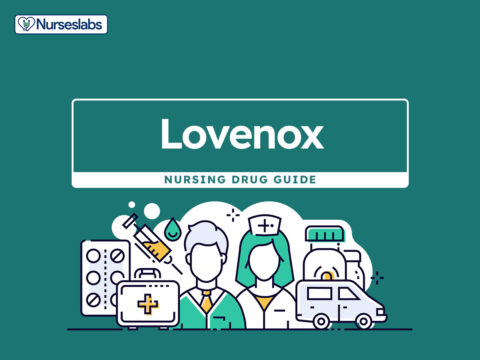
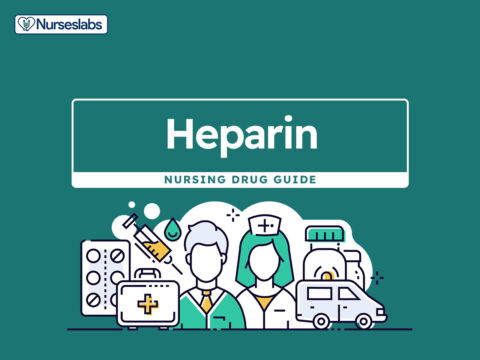
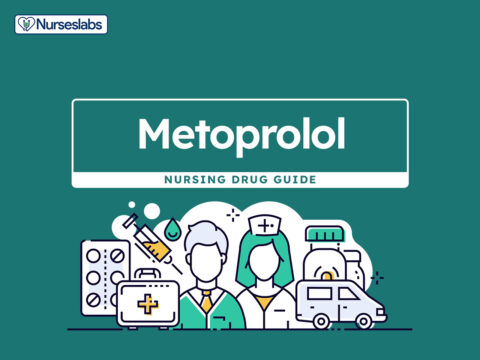
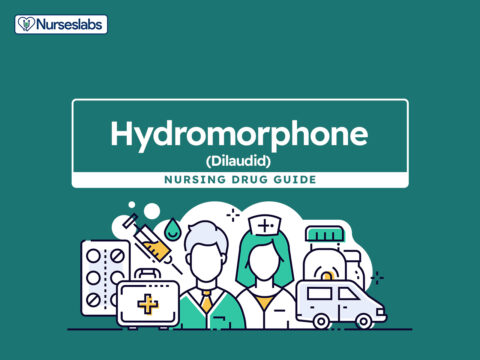
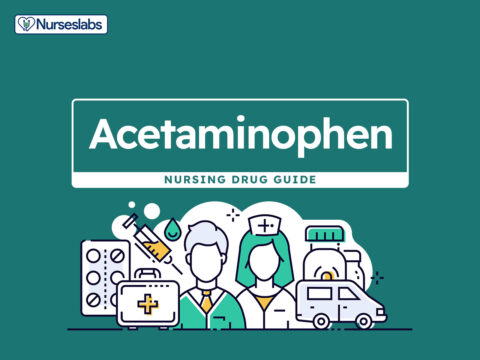

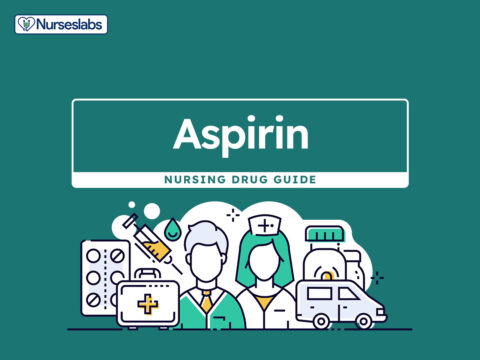
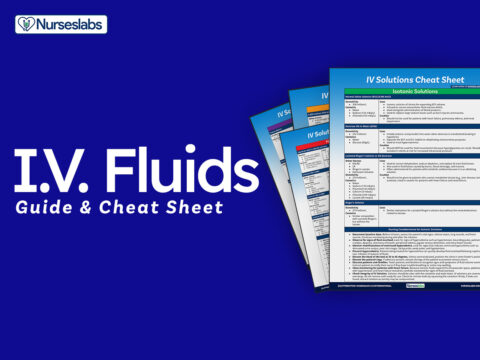
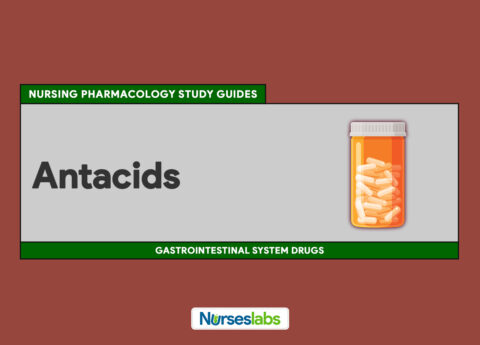
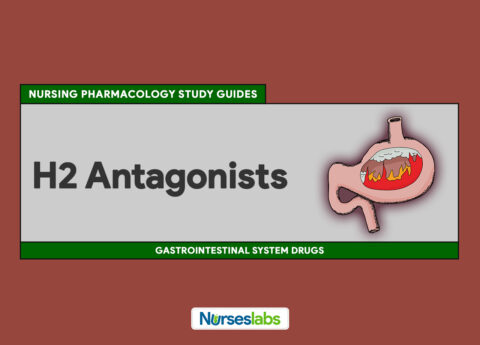
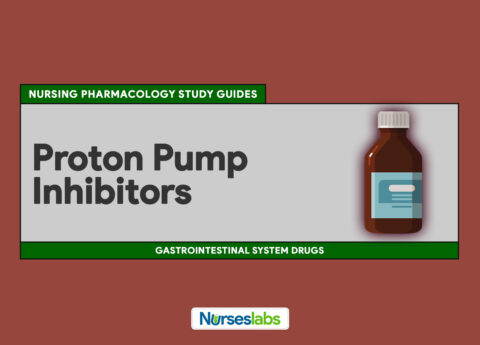
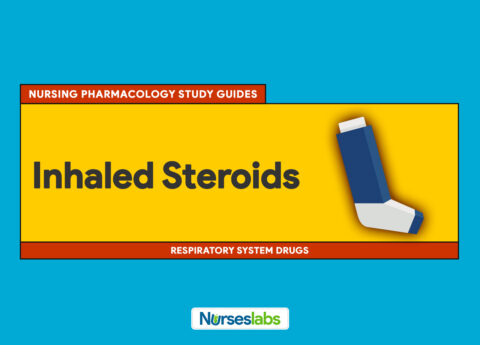
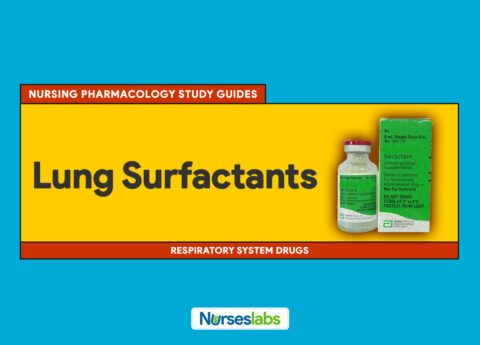
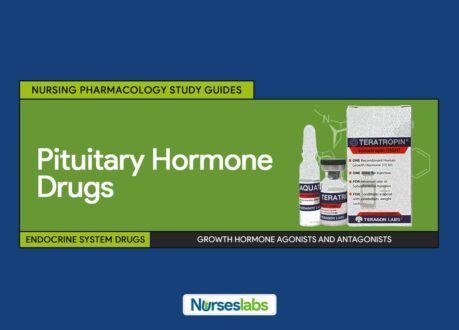
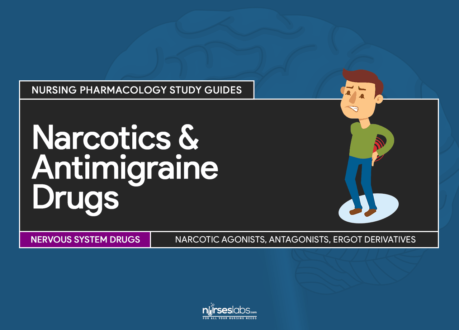
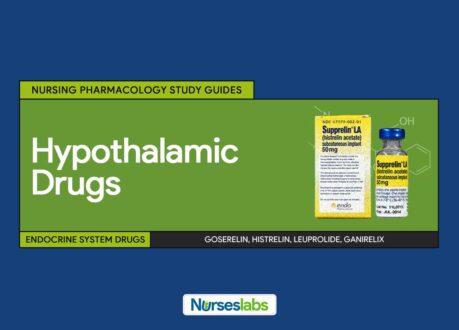



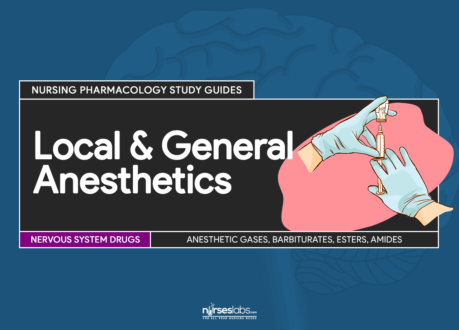
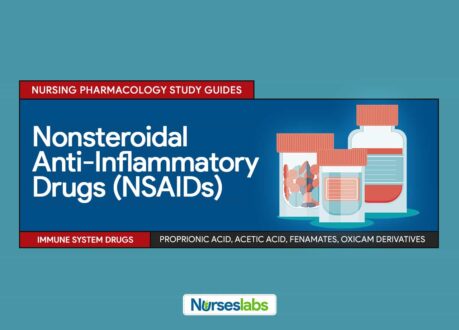
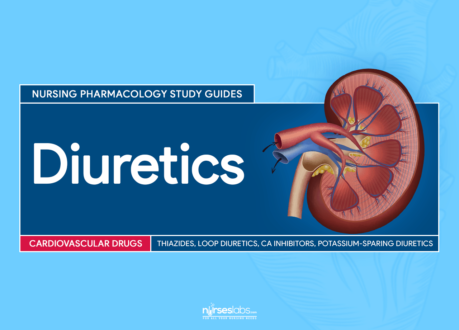
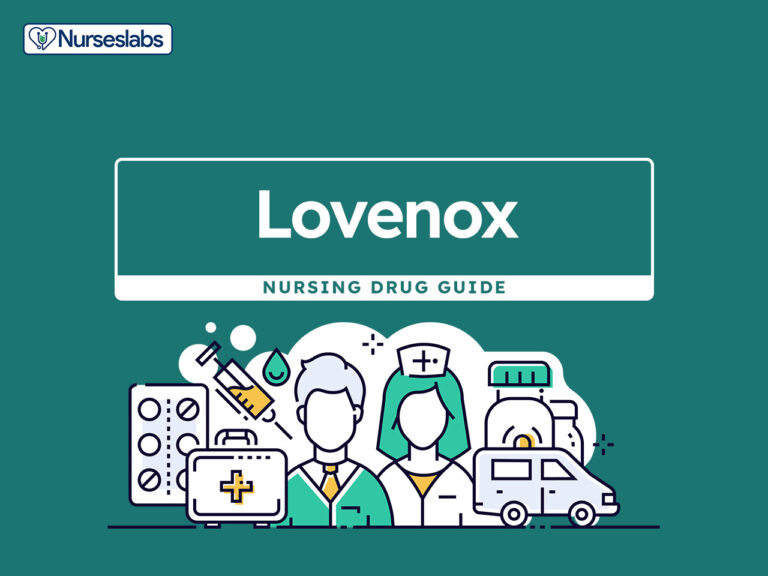

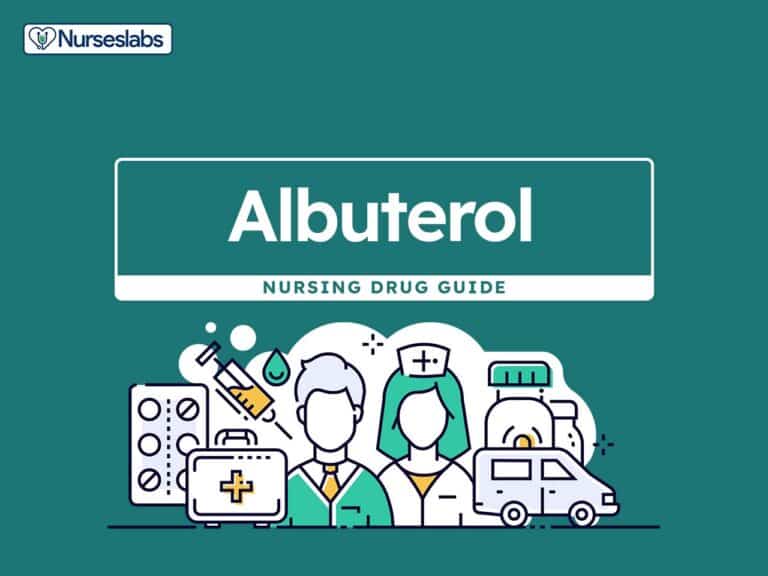
Leave a Comment